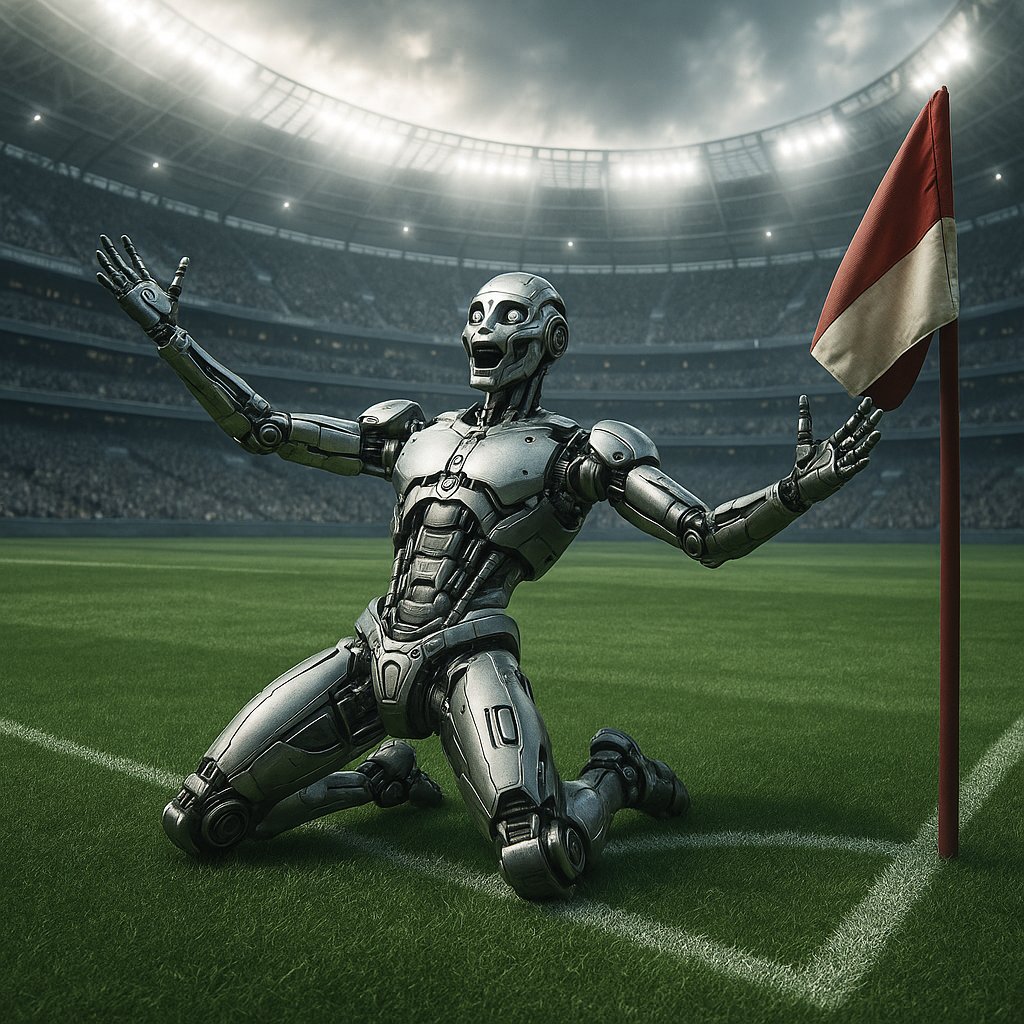How I Drove AI Agent Success to 90% with a Simple Self-Reflection Hack

Building artificial intelligence agents has become remarkably accessible today. In many cases, all you need is a well-crafted prompt, a selection of tools, and optionally, grounding files for the model, and an agent can be brought to life.
However, as the number of available tools grows, especially with technologies like MCP, and as scenarios become increasingly complex, you might encounter several challenges. One significant area of complexity lies in tool utilization.
Challenges in AI Tool Orchestration
AI models, when tasked with executing complex operations, often face hurdles related to how they interact with and use available tools.
- Tool Selection and Sequence: Deciding which tool to use (e.g., writing a file to Google Drive) and in what order to execute them can be tricky.
- Single vs. Parallel Processing: Determining whether tools should be called sequentially or if parallel processing is more efficient can significantly impact performance.
- Parameterization: Knowing how to correctly call a tool, including passing the right parameters (e.g., the path and name of a file), is crucial.
- And many more subtle challenges that your model might encounter as it strives to complete a task.
Lack of Predictability
Even if an AI model or a future agent successfully runs tools in the correct order and accomplishes a task once, there's no guarantee it will consistently do so every subsequent time. This lack of predictability can be a major roadblock in deploying reliable AI agents.
Do Smarter Models Always Mean Better Outcomes?
The success rate of completing complex tasks depends heavily not only on the tools themselves but also on the reasoning capabilities of the model. Models that take the time to reflect, reason, and plan their execution generally have a higher chance of breaking down a task effectively, even without explicit instructions from the user.
Consider a simple task: suggest a few domains, check their existence, and save the result to a file. This task involves two tools: one for checking domain availability and another for saving the results. Given the challenges mentioned earlier, it's clear that parallelism makes sense here; checking multiple domains at once, rather than one by one, can save a significant amount of time.
There are many other nuances. A moderately capable model might choose a coding tool to perform the domain check. Another might simply give up because it doesn't know how to check for domain existence, asking the user to perform the check manually instead.
The Core Problem: Key Questions for AI Agent Development
This leads us to critical questions:
- Which model should I use for a specific task?
- How can I make tasks (or any task) more predictable?
- How can I make the process more cost-effective?
One effective strategy to address these questions is through a self-reflection mechanism, which isn't unlike how humans become proficient by learning from experience.
Introducing the Self-Reflection Mechanism
The Human way of learning
When I am given a task for the first time, it may take me a couple of attempts to get it right. However, if I am tasked with the same thing again, I will hopefully be able to complete it faster and better because I have done it before. I can also share my knowledge, as well as any best practices and pitfalls, with others who have never done it before, which will significantly increase their chances of success.
We can do the same with AI…
